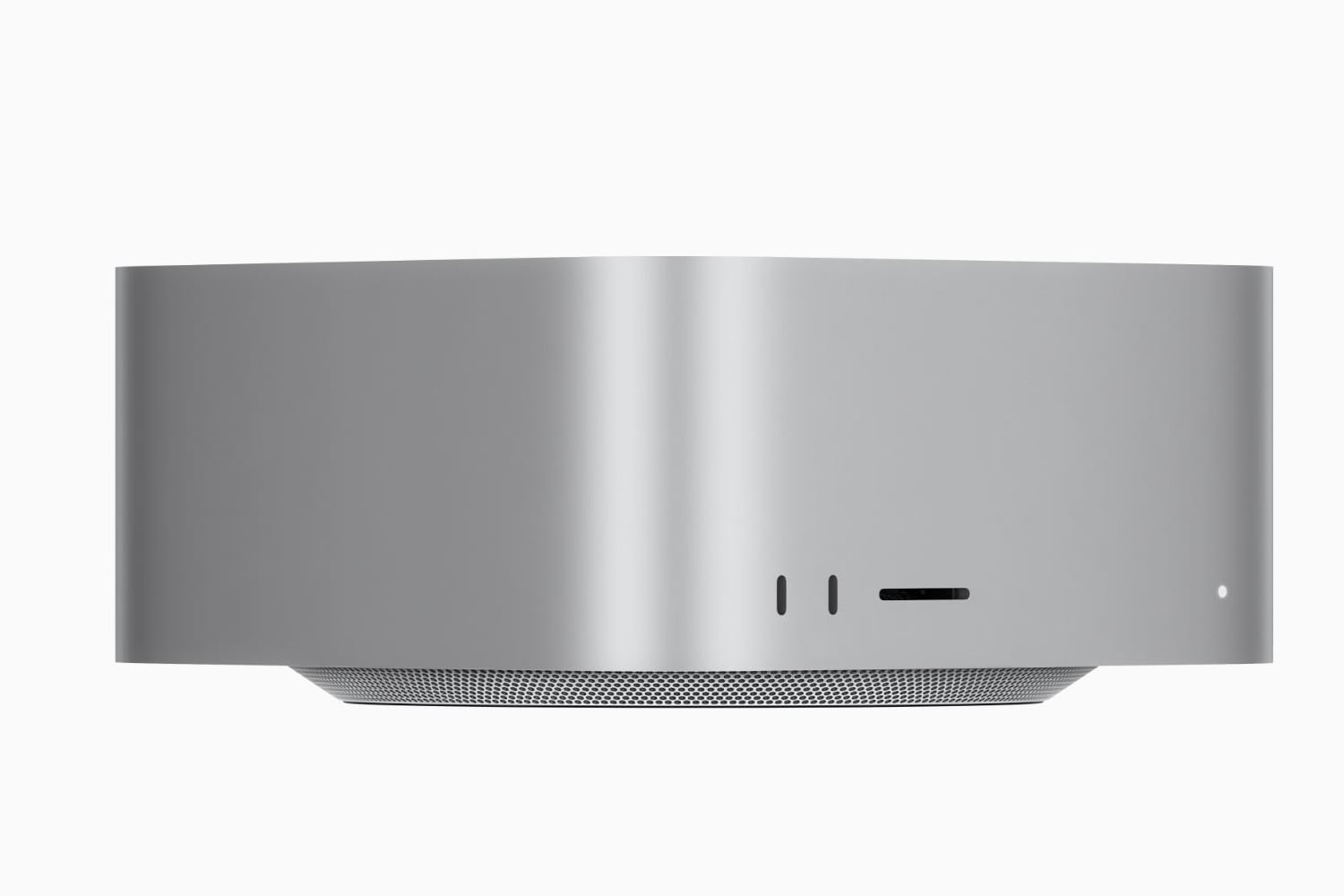Join me as we slip back in time just one decade to 2012, a glorious age when Apple was selling a Mac tower beloved by creative pros and power users alike. It was the final days of the Mac tower’s heyday—in just a few short months, many of those users would be forced to move to the iMac as Apple turned the Pro formula on its head with a jet-black cylindrical, trash can-like machine.
The transition from Mac Pro to iMac had already started before the black Mac Pro arrived, at least in Macworld’s UK offices. The comparatively high price of the Mac Pro, coupled with the need for a monitor, meant that our art department had to adopt iMacs instead of Mac Pros. I remember a lot of grumbles about this at the time—namely the super shiny screen and lack of upgradability. Sure it was possible to update the RAM in a 27-inch iMac, but if you needed an actual upgrade, the Mac Pro couldn’t be beaten…at least until Apple replaced it in 2013.
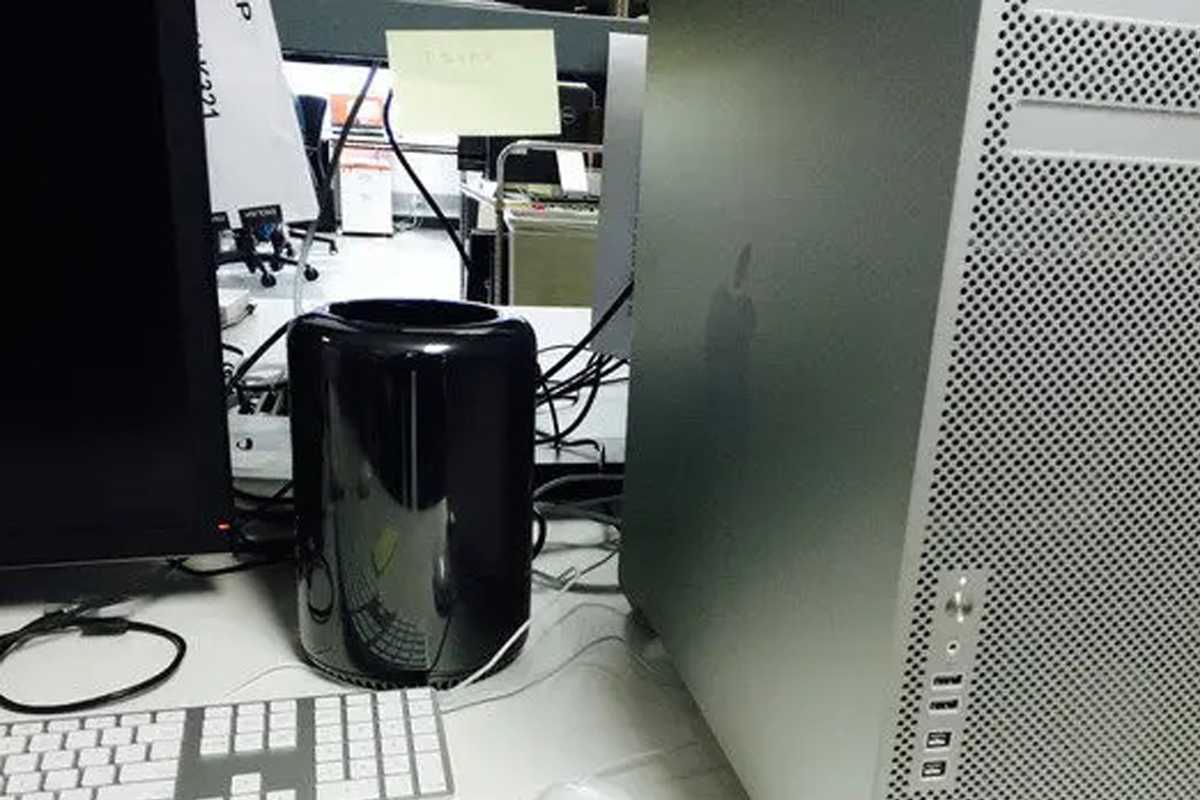
IDG
The introduction of the cylindrical Mac Pro was accompanied by much fanfare at WWDC 2013 but ended up being the final nail in the coffin for many a Mac Pro user. It was the ultimate example of style over substance and set back the pro desktop Mac by over a decade—until the Mac Studio came along to save it.
Apple throws creatives out with the trashcan
Apple’s “apology” for the 2013 Mac Pro came in the form of an admission that it had designed itself into a corner. The Mac Pro’s compact design meant that Apple didn’t offer much in the way of upgrades, and instead offered a short-term solution five years later in the iMac Pro. This higher-end version of the 27-inch iMac was powered by the same Xeon chips as the Mac Pro and came in a no-nonsense Space Gray.
The iMac Pro might have addressed the modern needs of the creative market at that time, but at $5,000 it was expensive and even then it seemed like a mere stopgap. The iMac Pro was never once updated in its short life which stretched from its launch at the end of 2017 until Apple discontinued it in March 2021.
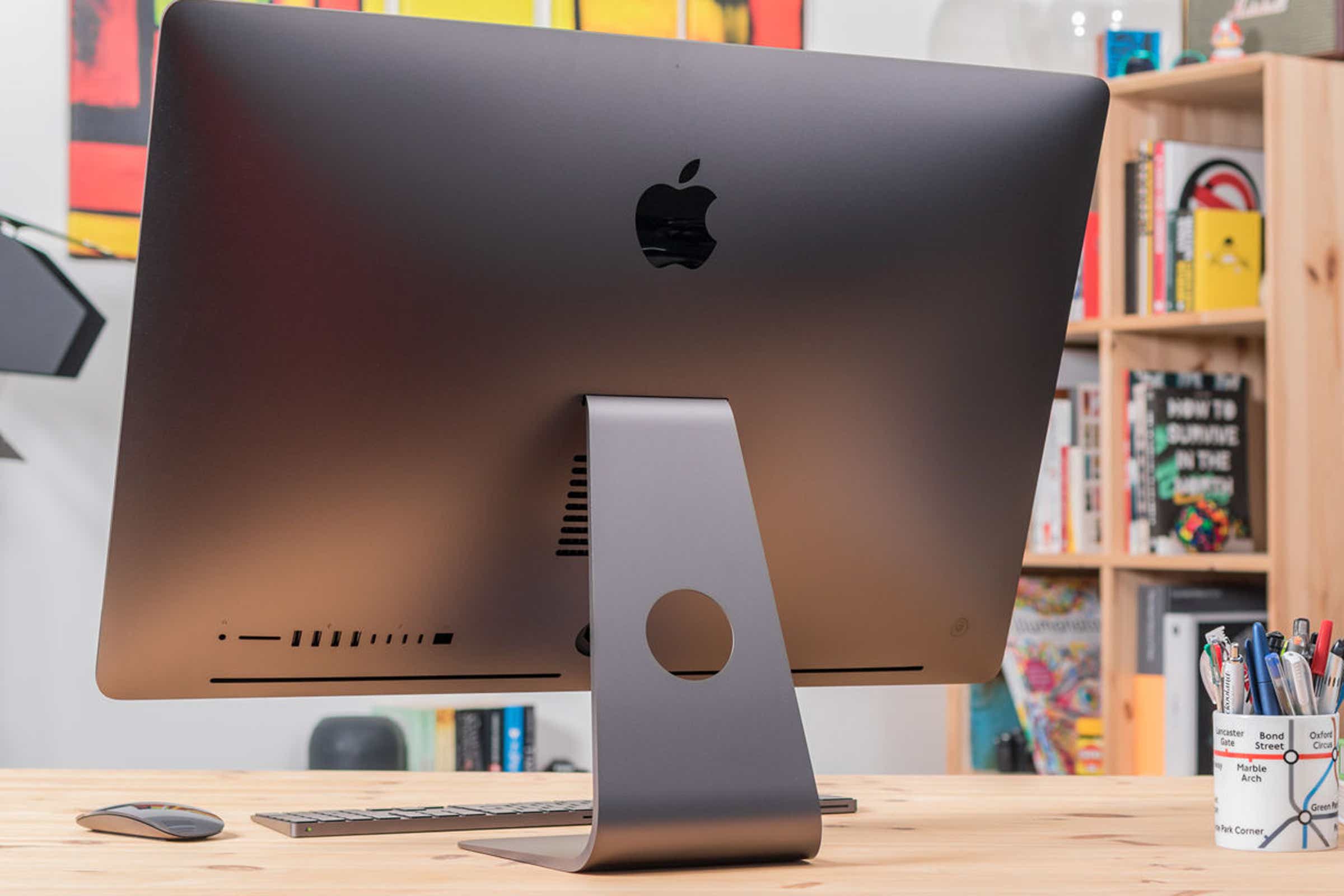
The iMac Pro was Apple’s original apology for the trashcan Mac Pro.
So, power users who were unconvinced by the iMac Pro had precious few options. There was the Mac mini, but it lacked the discrete, powerful graphics that many creatives craved. There was also the MacBook Pro, which offered discrete graphics for a steep price as well as the ability to plug into an external display, but it didn’t offer the expansion of the Mac Pro or even the iMac. The M1 processor changed things somewhat, especially with the launch of the M1 Pro and M1 Max chips, but creative users were still looking for a Mac Pro-like machine that brought the power and expansion they need for a somewhat affordable price tag.
We thought that machine would be an M1 Max Mac mini or 27-inch iMac Pro. Instead, Apple defied expectations and introduced a new Mac aimed squarely at creative professionals: Mac Studio.
Looking for a perfect match
The introduction of the Mac Studio shows that Apple actually had been devising a Mac for the market that had been neglected for so long. The Mac Studio is the Mac Pro that creative pros and power users have been waiting for all this time. But do these users actually want the Mac Studio now, or is Apple too late? Here’s what my art department colleagues had to say.
Dominik Tomaszewski, who is now our photographer and videographer, noted: “I think many creatives who already had a good screen, or wanted better graphics performance, were forced to get the very expensive Mac Pro. I know that many did. But not everyone could afford it and stuck to the iMac.”
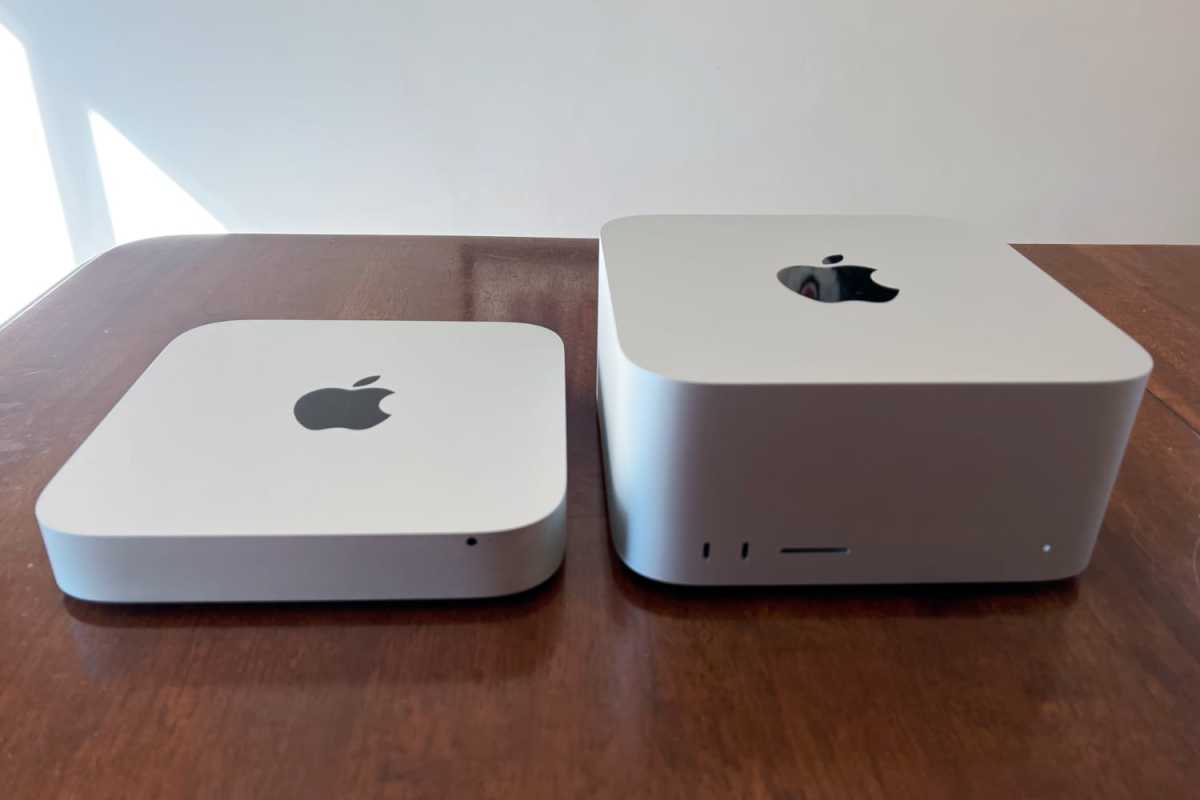
The Mac Studio is much than a high-end Mac mini.
Roman Loyola/IDG
He added: “I think the Mac Studio is the perfect in-between Mac. The price tag at first glance might be steep, but when you look at the specs and what you’re getting, you’d probably need to pay about the same for a PC with equivalent performance. Plus it would use a lot more power and it would be much louder due to the graphics card fans. It’s just a shame that at least some of the Mac Studio internals are not user-upgradable—at least not easily from what I hear, but perhaps Apple could change that with a firmware update later on?”
James Walker, our head of marketing design, professed to love the mid-2011 iMac that he uses at home, admitting that it’s been vastly improved since switching out the old hard drive for an SSD. “I think it’s just the old mechanical hard drives that were to blame for the speed and performance issues,” he said. That’s the crucial difference between the 2011 iMac he has at home and the 2017 model in the office, though—the 2017 model is not quite too easy to update beyond adding more RAM via the hatch on the back.
Walker added the observation: “I don’t think I’d go for a tower again, just because they take up so much room. Especially with working from home being the norm now for a lot of people space is perhaps more of a consideration for people. But if the new Mac Studio is compact enough then that’s good.”
A lot has changed in the past two pandemic-ruled years. As Walker said, many of us now work predominantly from home where space may be at a premium. This change in the way we work may mean we are more likely to choose a laptop because it takes up less space and we can take it to the office on the days we do need to be there.
Tomaszewski has this same requirement: “I think I would go with a MacBook Pro so I can use it at home and on the go. With the M1 silicon and graphics performance being on par, it just makes sense.
The 14-inch MacBook Pro with an M1 Pro processor and the M1 Max Mac Studio start at the same $1,999, so price isn’t as much of an issue as it once was. It’s now a question of need—the capable M1 Pro, a little extra oomph with the M1 Max, or the ultimate power of the M1 Ultra, all of which cost significantly less than the iMac Pro and Mac Pro.
Not finished yet
Speaking of the M1 Ultra, here we have a Mac Studio that can leave even the ultimate Mac Pro for dust. Those who might be considering the Mac Studio as an alternative to the Mac Pro will still have some unanswered requirements though: for one thing they lack upgradability. Like other Apple silicon machines, the RAM is fixed, and while there were reports that what looked like a spare SSD tray could be used for future upgrades it appears that, at least for now, that is just wishful thinking.
One thing Apple surely learned from the fiasco of the cylindrical Mac Pro is that the users of such machines expect to be able to upgrade them in the future. The hope is obviously that when Apple updates the Mac Pro with Apple silicon, as it has promised it will, the Mac Pro will remain modular and upgradable. Whether it really needs to be is another question though now that Apple’s chip prowess, especially in terms of graphics, is proven. Who needs to add an Afterburner card when Apple’s own silicon beats it?
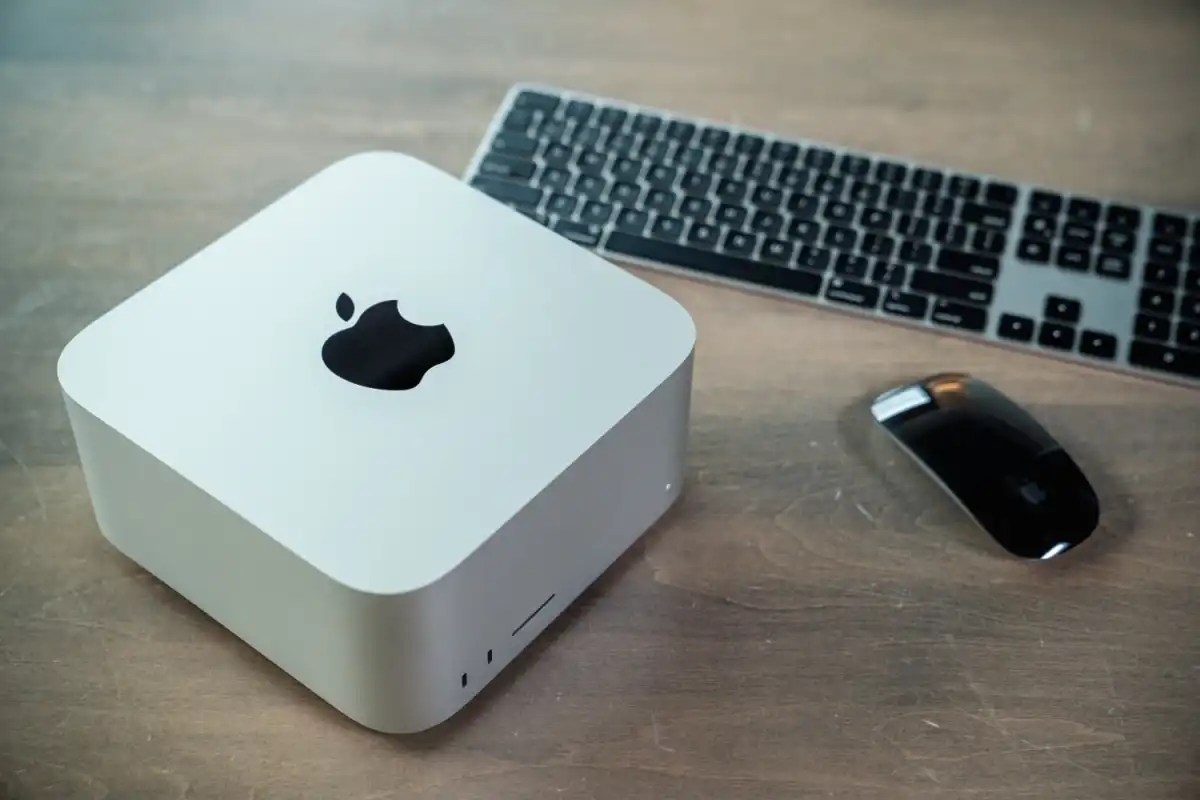
The Mac Studio isn’t cheap, but for creative professionals, it’s the most affordable option.
Willis Lai/Foundry
This has been quite a journey, but pro creatives finally have the Mac they need. The Mac Studio gives them the power they crave at a reasonable price that doesn’t take up much space. At last, they don’t have to settle for an iMac because they can’t afford a Mac Pro.
But the question is do they want a desktop in this day and age? The two creatives I spoke to would prefer a laptop, and Apple offers a laptop with the M1 Max should they feel that they need that much power. While it’s no longer the case that a laptop can’t be as powerful as a desktop, it is unlikely that Apple would put an M1 Ultra in a MacBook, so for those users who want power, a Mac Studio looks like the best option.
There is still one gap to be filled though, in addition to the Mac Pro for which we are still waiting. Our creative colleges would love to see an Apple silicon Mac mini, or, dare we say it, iMac Pro. Time will tell.
from Macworld.com https://ift.tt/pSQi8Rj
via IFTTT
